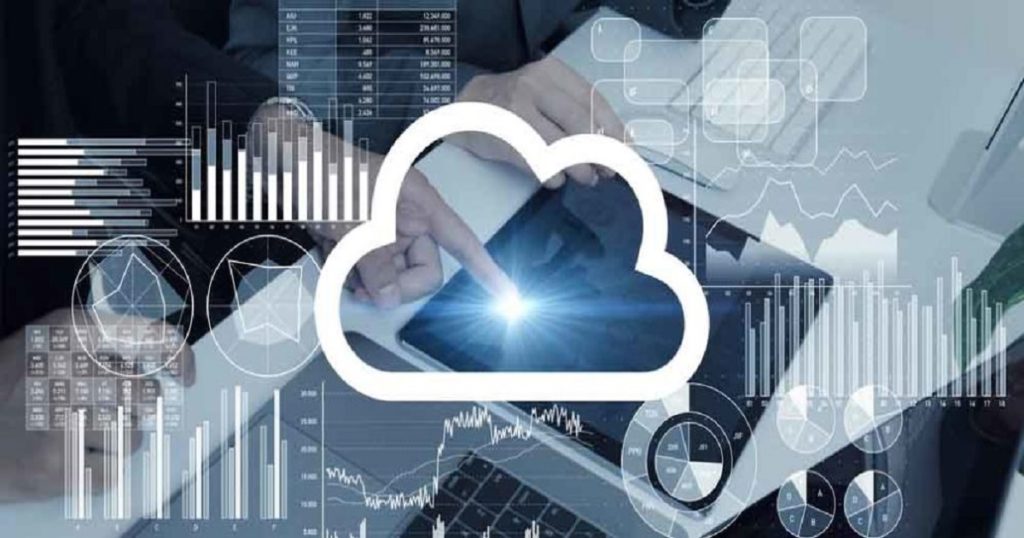Successfully Managing The Digital Transformation Journey

Customer expectations have changed significantly. Businesses not only have to react quickly to today’s customer needs, but also must anticipate customer requirements. This means that they need to learn to understand what customers’ requirements will be tomorrow. In the future, the competitive ability of a business will depend on this new customer paradigm. Successfully Managing The Digital Transformation Journey.
Data are the key to success here. If they are managed securely and are quickly available, they hold huge opportunities. A lot of business processes can be optimised and simplified with their help. In addition, they contain relevant customer information which is crucial for digital transformation.
A strategy that ensures a fast, flexible and straightforward strategy with the company’s own data is, therefore, key. However, many existing systems and approaches to data processing are not suitable for this purpose.
High-performance evaluation of large amounts of data
One remedy is innovative technological solutions that redefine how data are handled. A proposed solution is S/4 Hana and BW/4 Hana, both of which are based on the SAP Hana platform. Hana stands for “High Performance Analytic Appliance” and is a software platform which enables data to be analysed in real time.
S/4 Hana is the abbreviated designation for the new generation of the SAP ERP application which follows the current ERP application on SAP Business Suite Basis, where the “S” stands for “simple”.
The core of Hana is the so-called “in-memory technology”. In comparison to conventional databases, in-memory technology does not load the data for processing from the hard disk into the main memory. Instead, it keeps them completely available in the main memory.
A brand-new technology which is available as of the Hana 2.0 SPS04 version, is NSE (Native Storage Extension), which allows a large part of the unused data to be left on the disk and only loaded into the Hana buffer should they be needed. This saves a lot of main memory. In addition, the Hana data are compressed and therefore require less storage space than uncompressed data. As all required data are available in the main memory, considerably larger amounts of data can be evaluated simultaneously, maintaining higher performance.
In classical relational database architectures, transactional data are replicated in a separate data warehouse for analytical tasks. This is not necessary with Hana if reports only need to be generated on the data available in the database. This is because transactional and analytical data are jointly available in the SAP database. Analyses and reports can thus be carried out directly on the transactional data, which can be performed much faster than before.
They are designed for compute- and data-intensive workloads, but can also be used for traditional transaction processing. Due to their high flexibility, stability, performance and cost-efficiency, IBM Power systems are ideally suited as an infrastructure platform for the operation of Hana databases and the applications based on them.
In the future, Hana will be the only database platform from SAP. Accordingly, all new SAP products and existing applications will be consistently aligned with Hana. in this way you can Successfully Managing the Digital Transformation.


